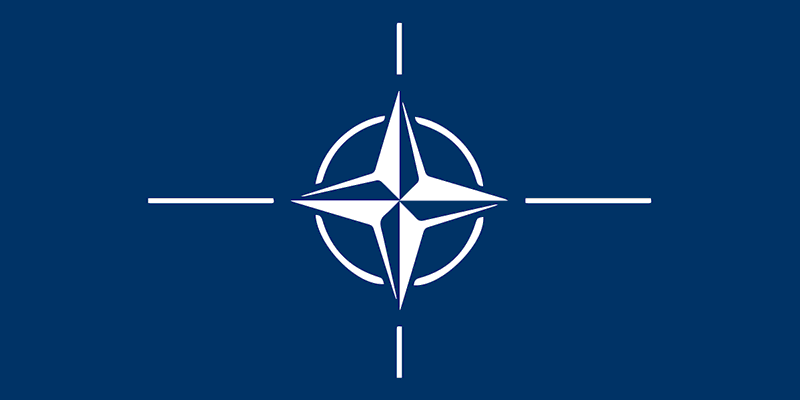What We’re Watching: NATO members’ defense budgets, Social Security as a political weapon, China’s support for Sri Lanka
NATO chief wants more defense spending
As Russian aggression in Ukraine enters year two, NATO members need to boost their defense spending. That was the message from NATO chief Jens Stoltenberg Wednesday after a summit with member states’ defense ministers. Back in 2014, around the time of Russia’s invasion of Crimea, NATO states committed to raising their respective defense spending to 2% of gross domestic product. (NATO’s direct budget is separate from national defense budgets.) Still, while many have increased their spending on military equipment and training, most NATO states – including Germany, France, Italy, and Canada – still fall short of the 2% threshold. The US, for its part, leads the pack, spending 3.47% of GDP on defense. (You’ll likely remember that former President Donald Trump made a habit of slamming NATO members, particularly Germany, for not paying their fair share. As war ravages Europe again and tensions with China soar, Stoltenberg says that the 2% target, which expires next year, should be the floor – not the ceiling. Finland and Sweden, both vying to join the bloc, respectively spend 2% and 1.3% of GDP on defense.
The politics of entitlements
President Joe Biden has made crystal clear that he believes the protection of Social Security and Medicare benefits – federally protected pension and healthcare entitlements for seniors – is a powerful political weapon that Democrats can wield against Republicans. Some in the GOP have inadvertently helped him. A number of Republicans have signaled support for plans to reduce spending on these programs by raising retirement ages and finding other ways to reduce future benefits, and Florida Sen. Rick Scott has proposed a plan that would require Congress to reauthorize all federal programs every five years. The GOP’s House and Senate leaders, Kevin McCarthy and Mitch McConnell, respectively, have said publicly they have no such intentions. But politics aside, the funding problems that Republicans point to are real. On Wednesday, the nonpartisan Congressional Budget Office released a report warning that Social Security and Medicare spending will grow much faster than federal tax revenues over the next decade as the fast-rising number of retirees puts measurable strain on the solvency of both programs. Biden says the gap can be filled without cutting benefits by asking wealthier workers to pay more in payroll taxes. Republicans counter that tax increases on the needed scale would weigh heavily on future economic growth. The two parties remain miles apart on solutions.
